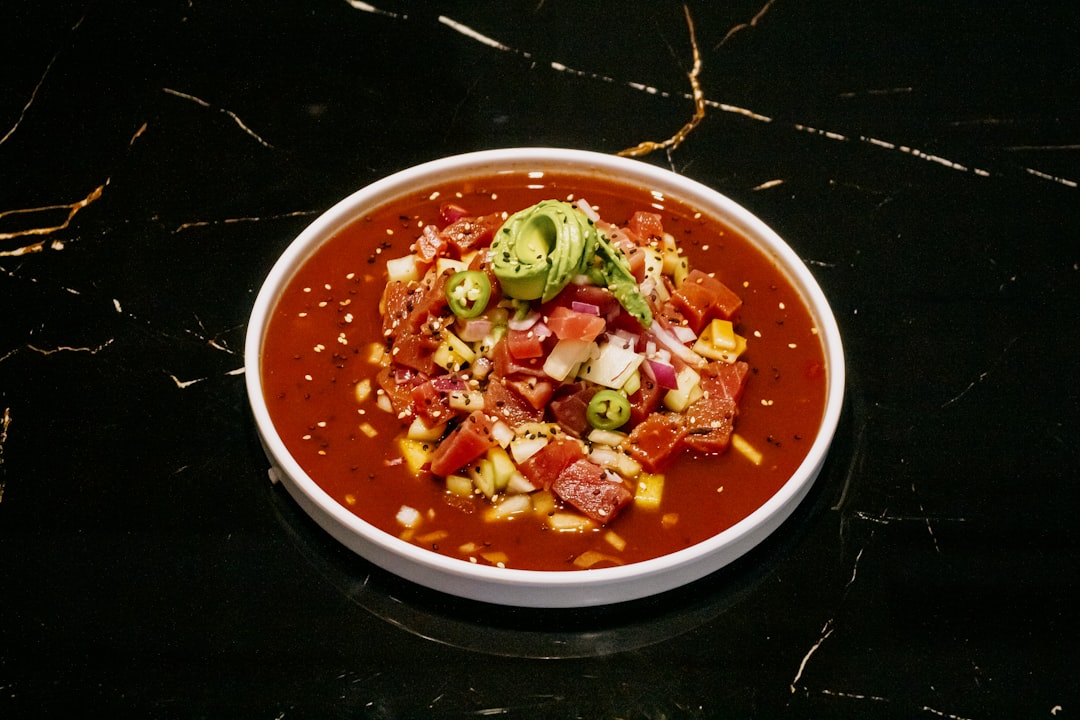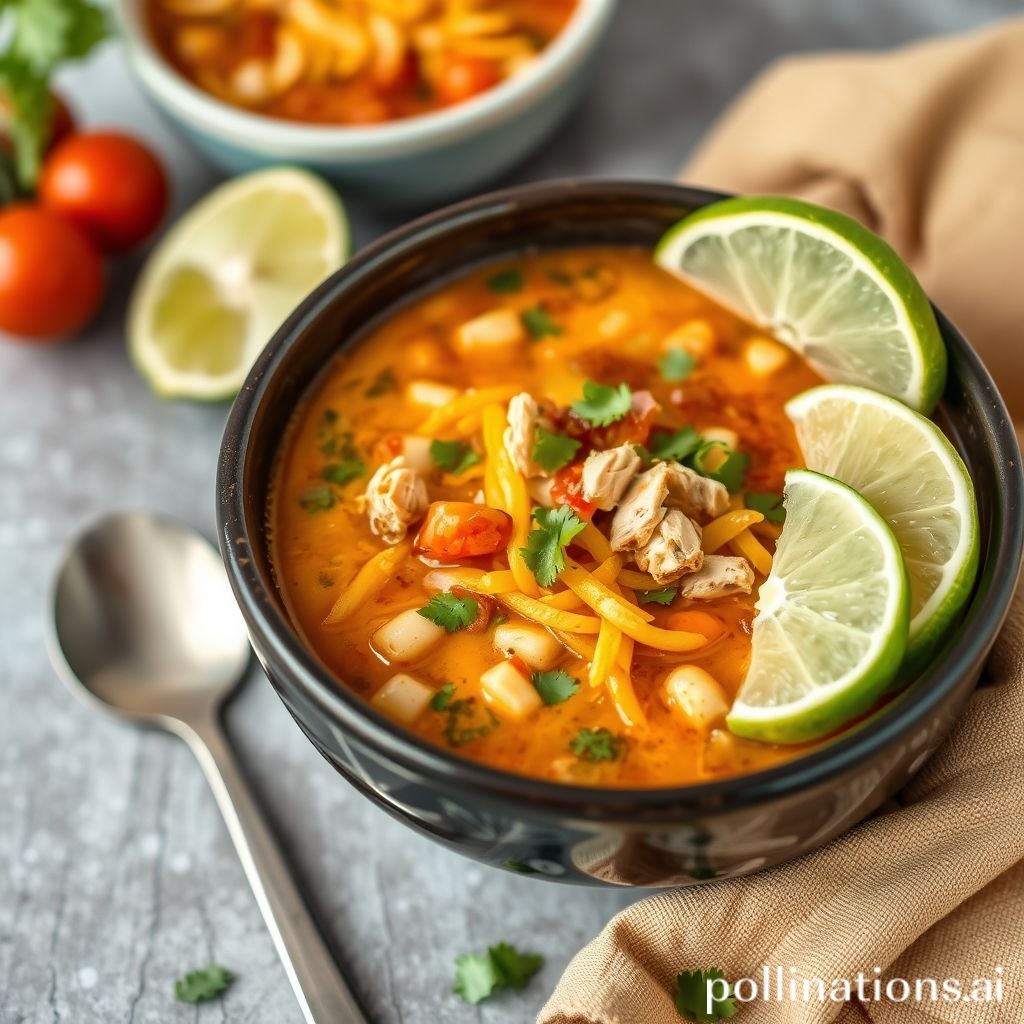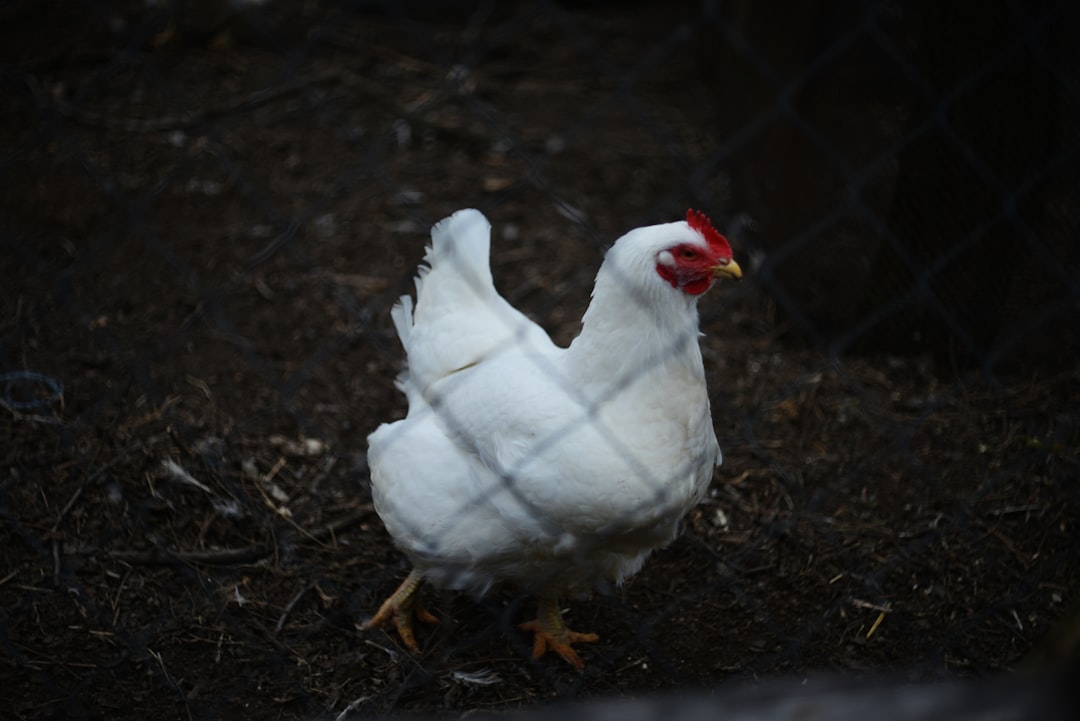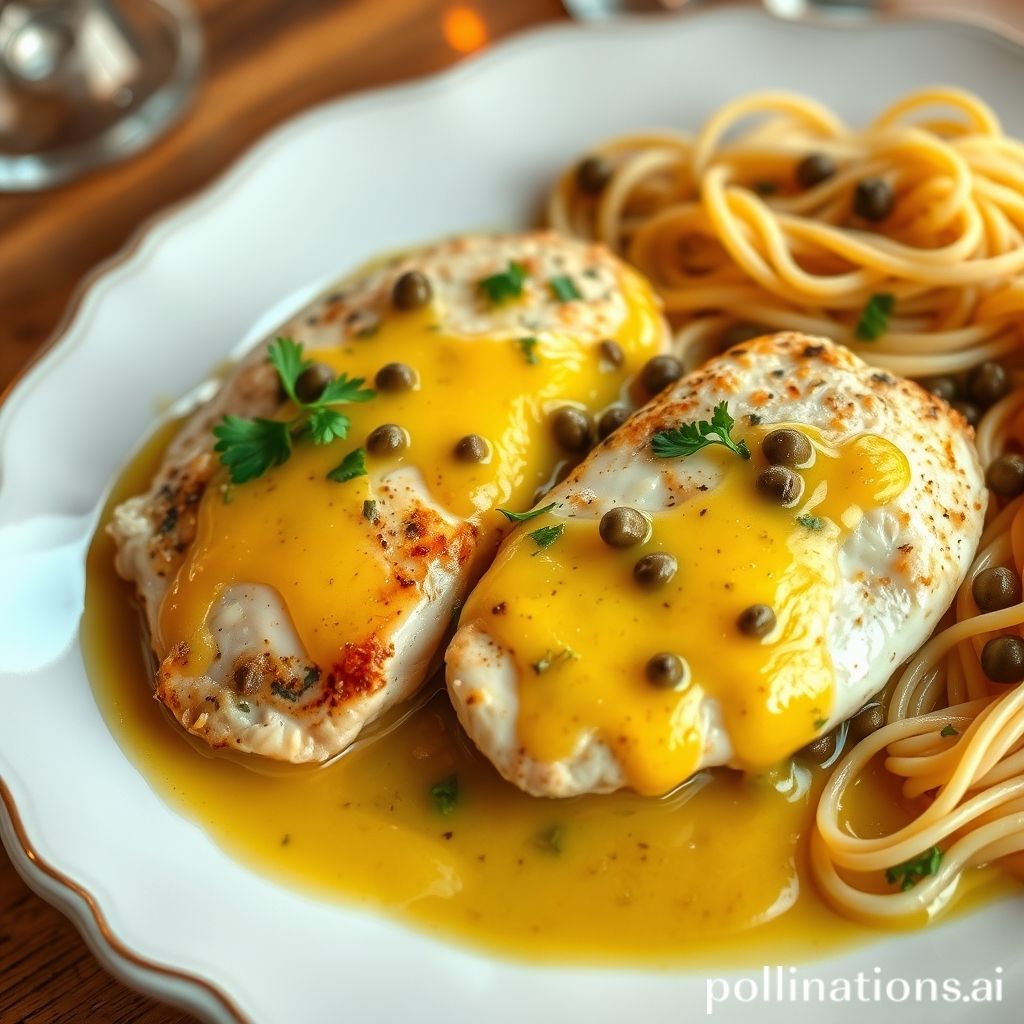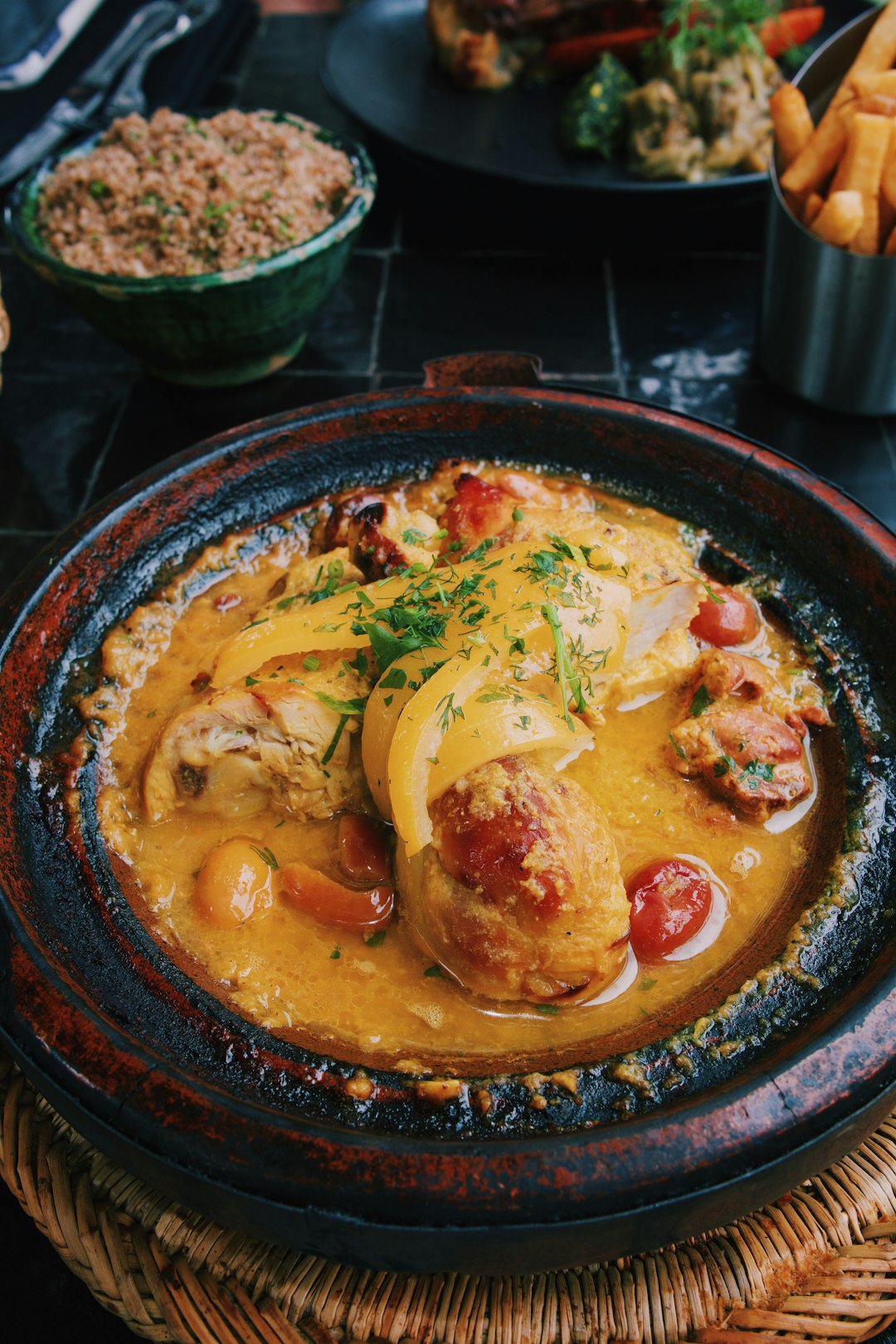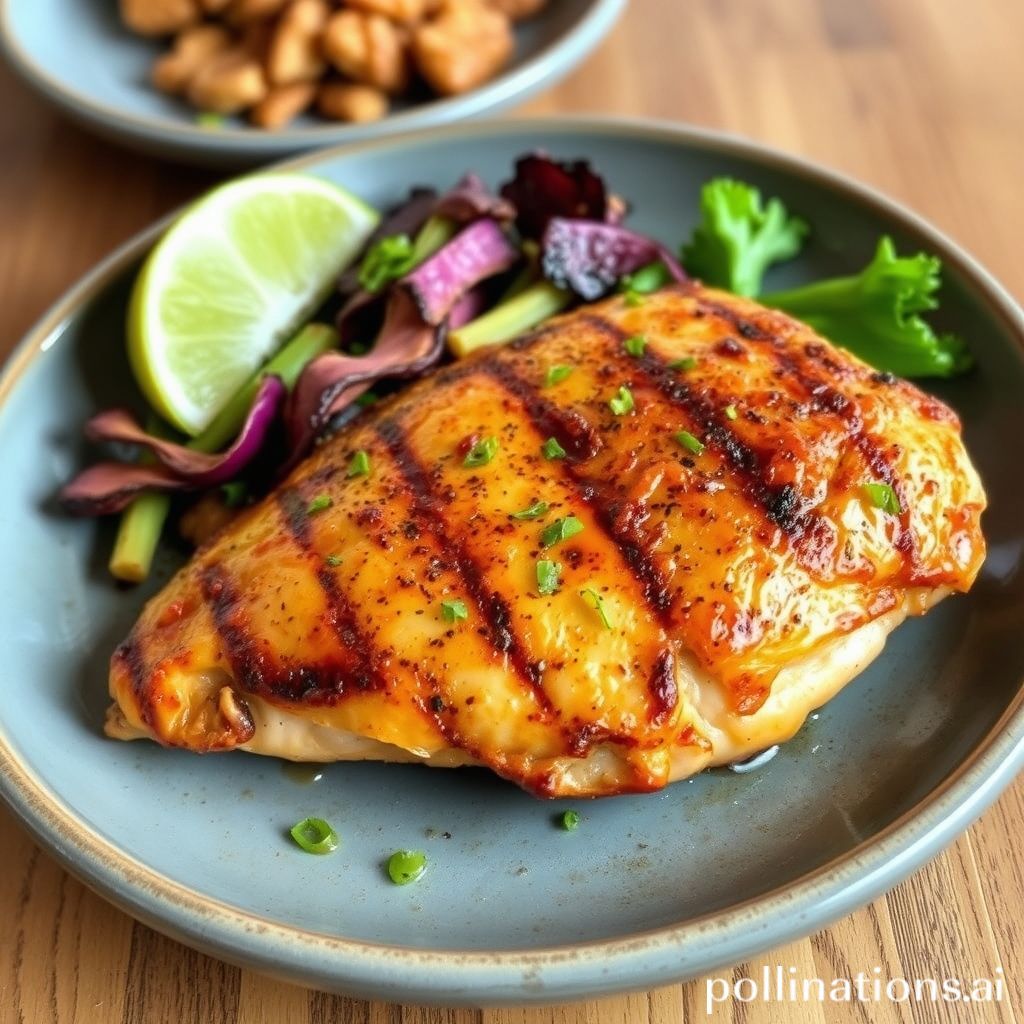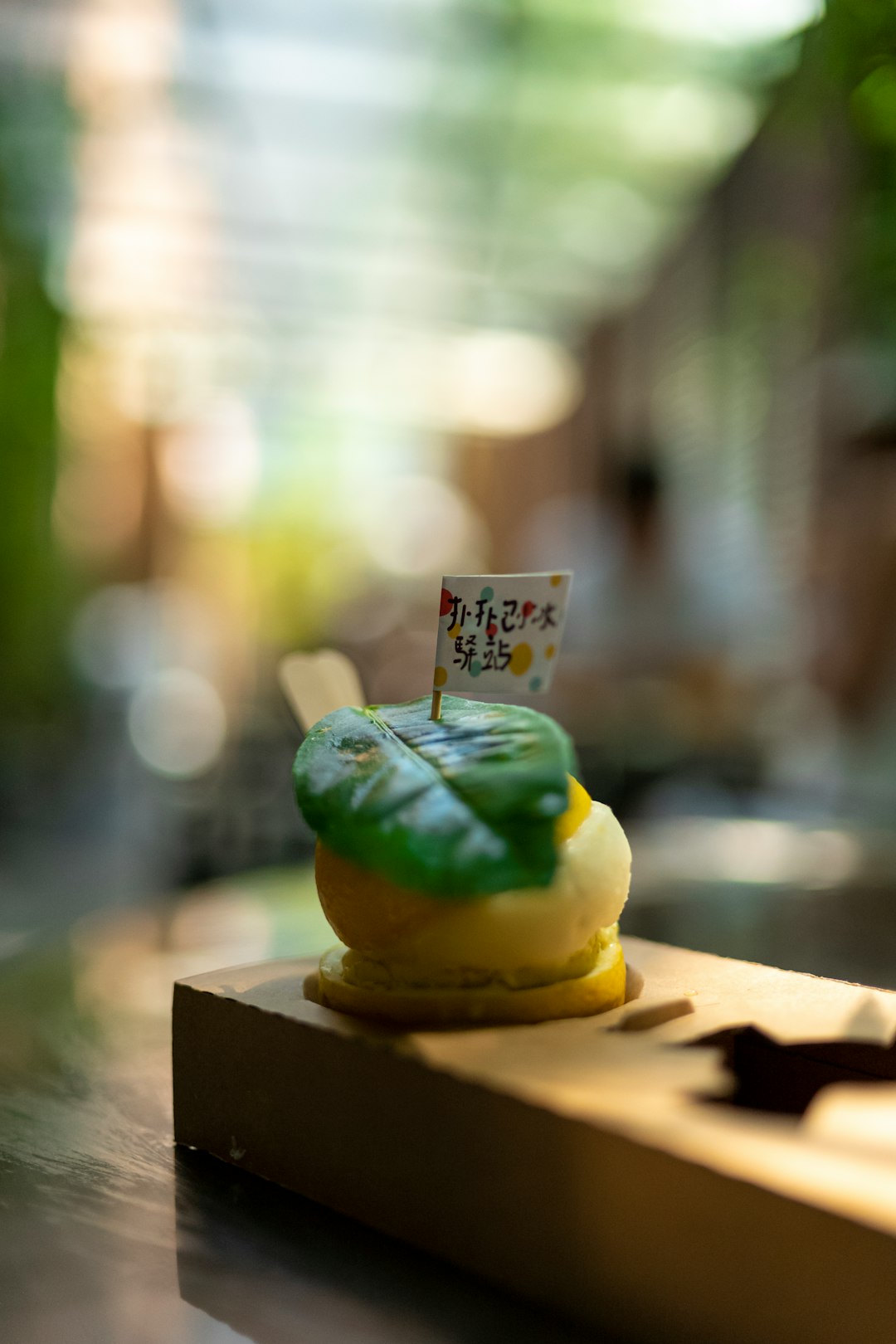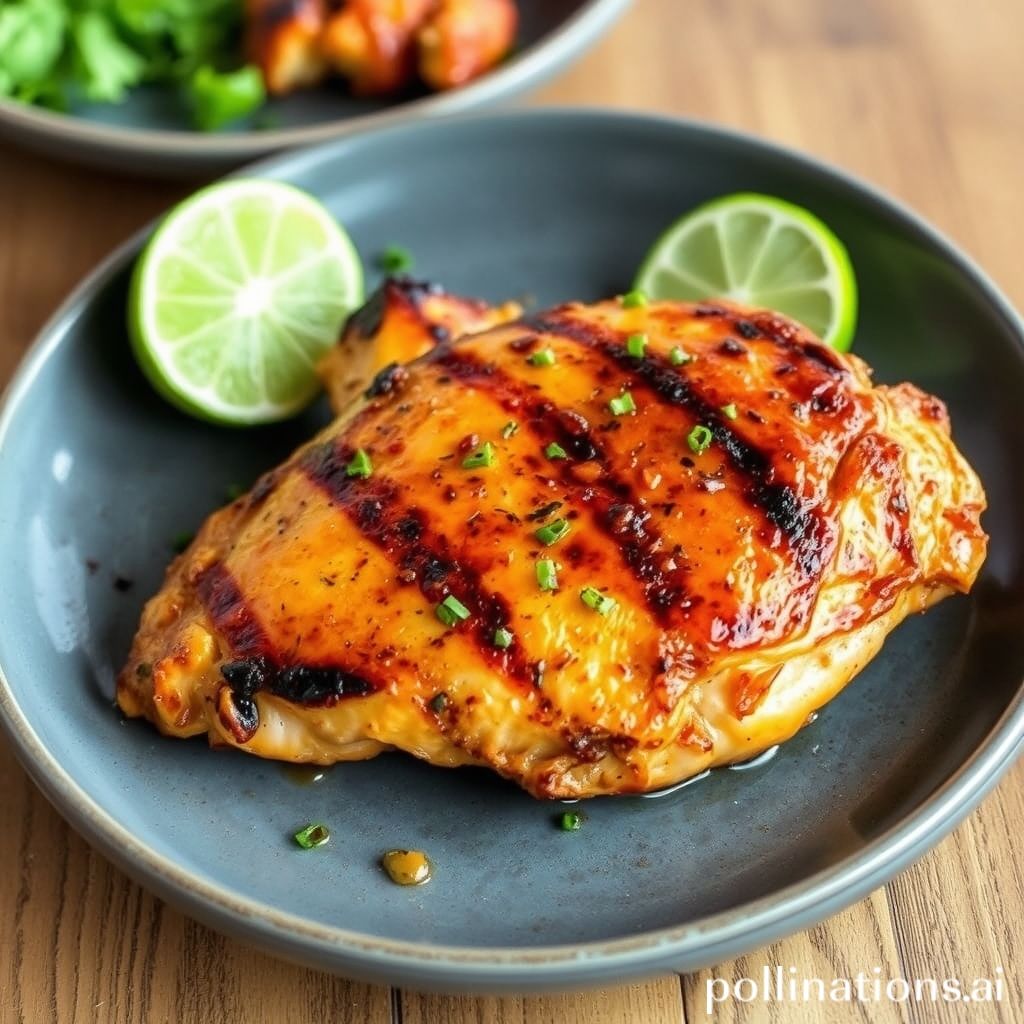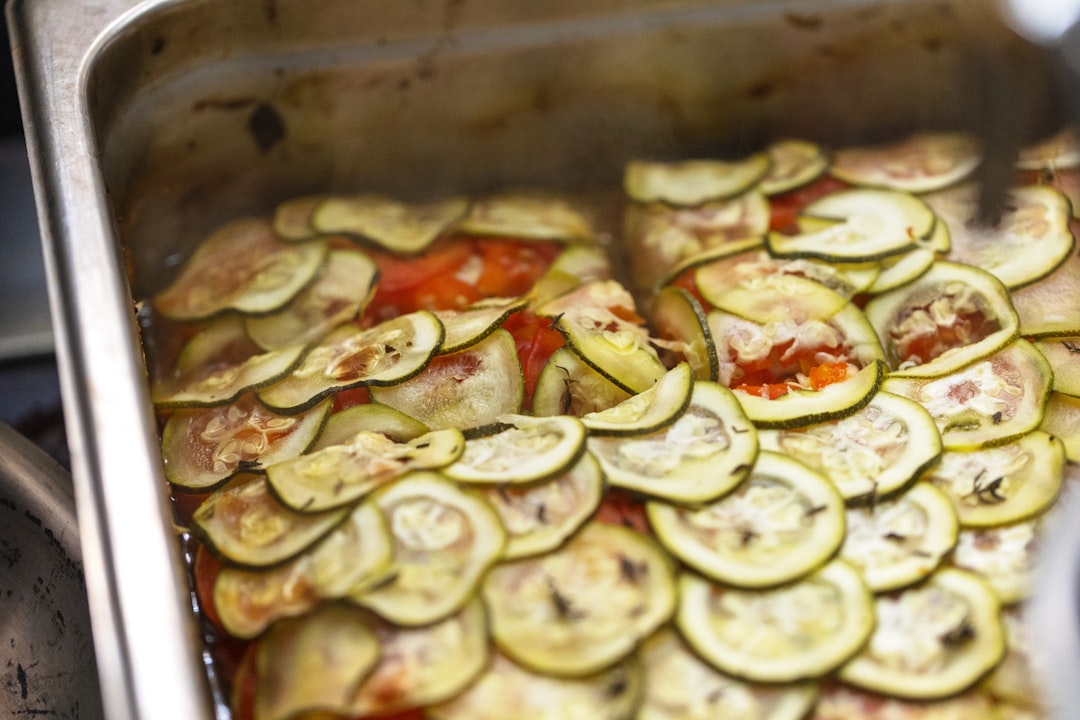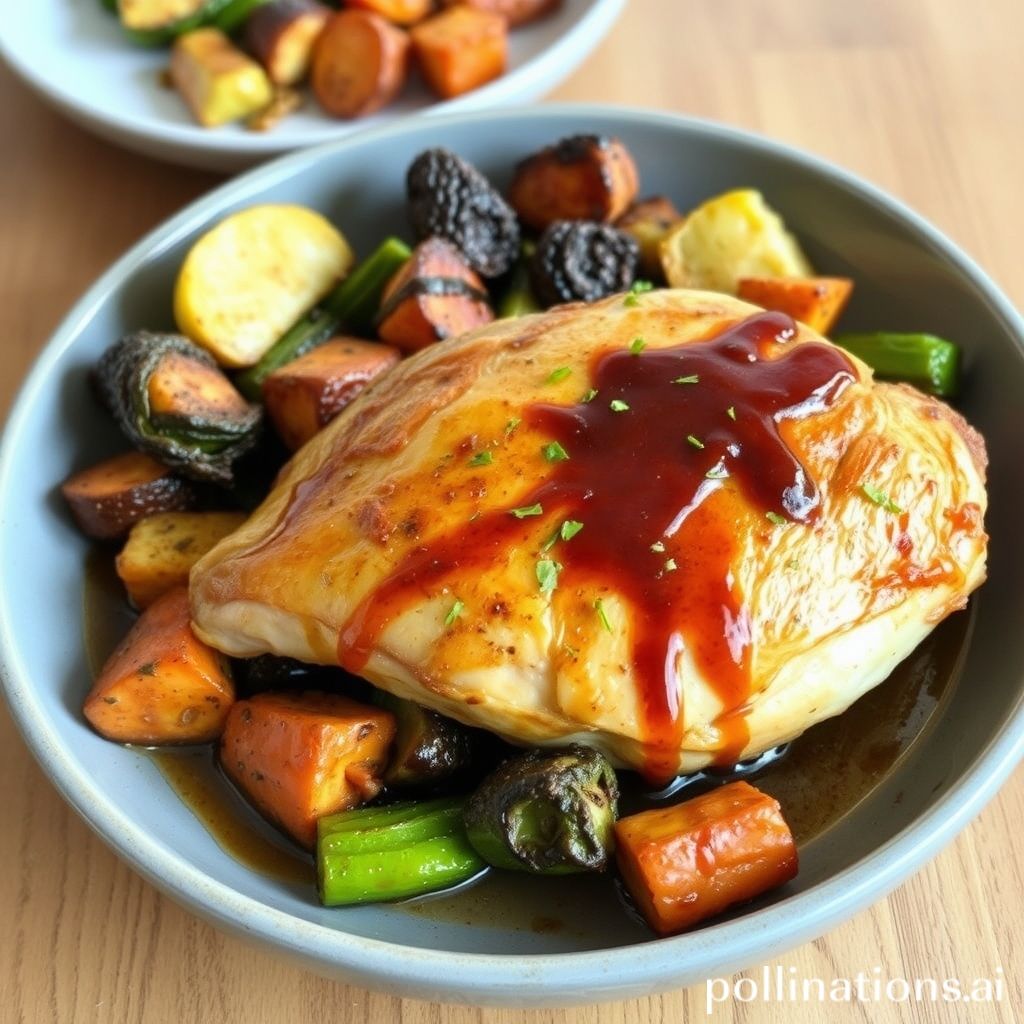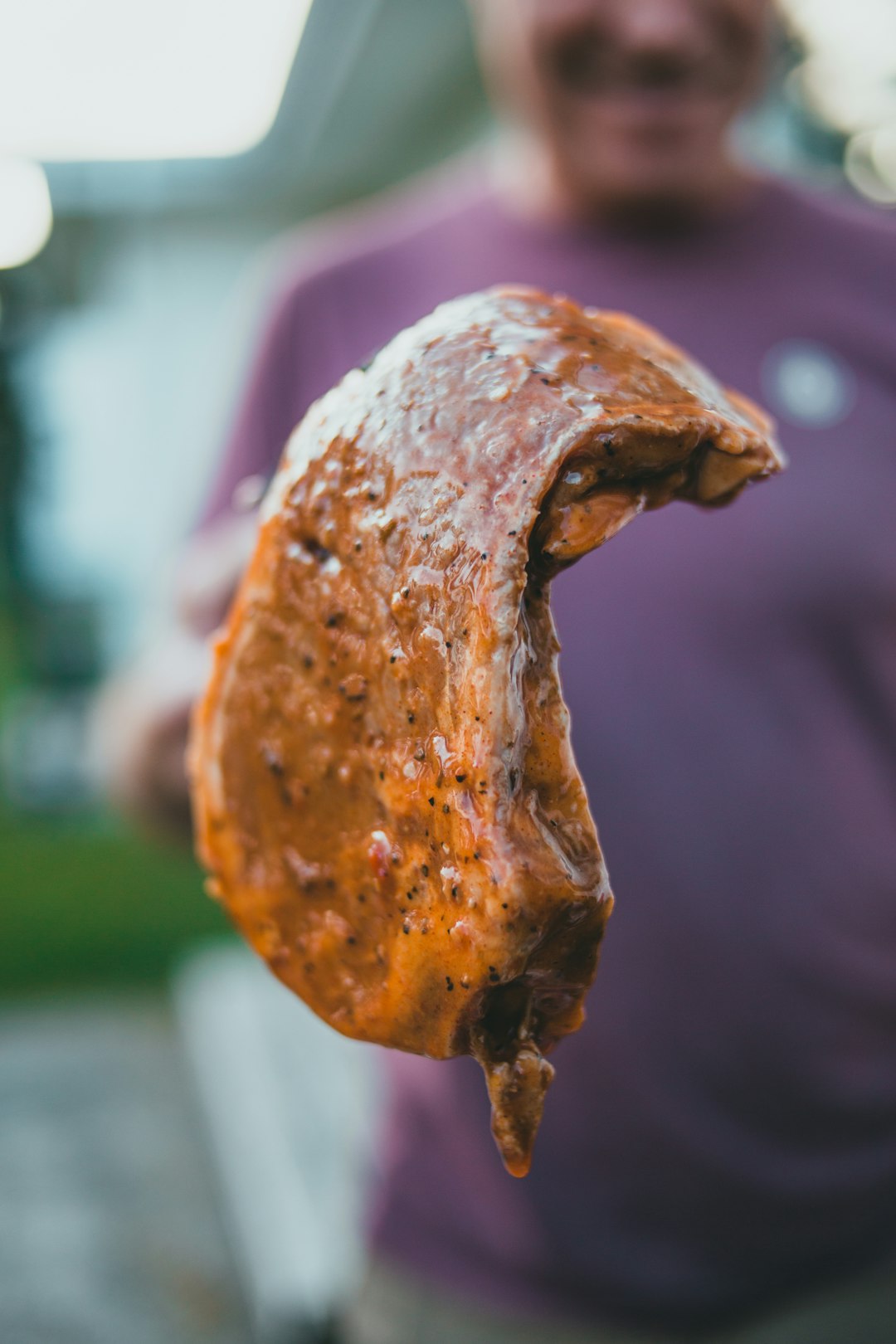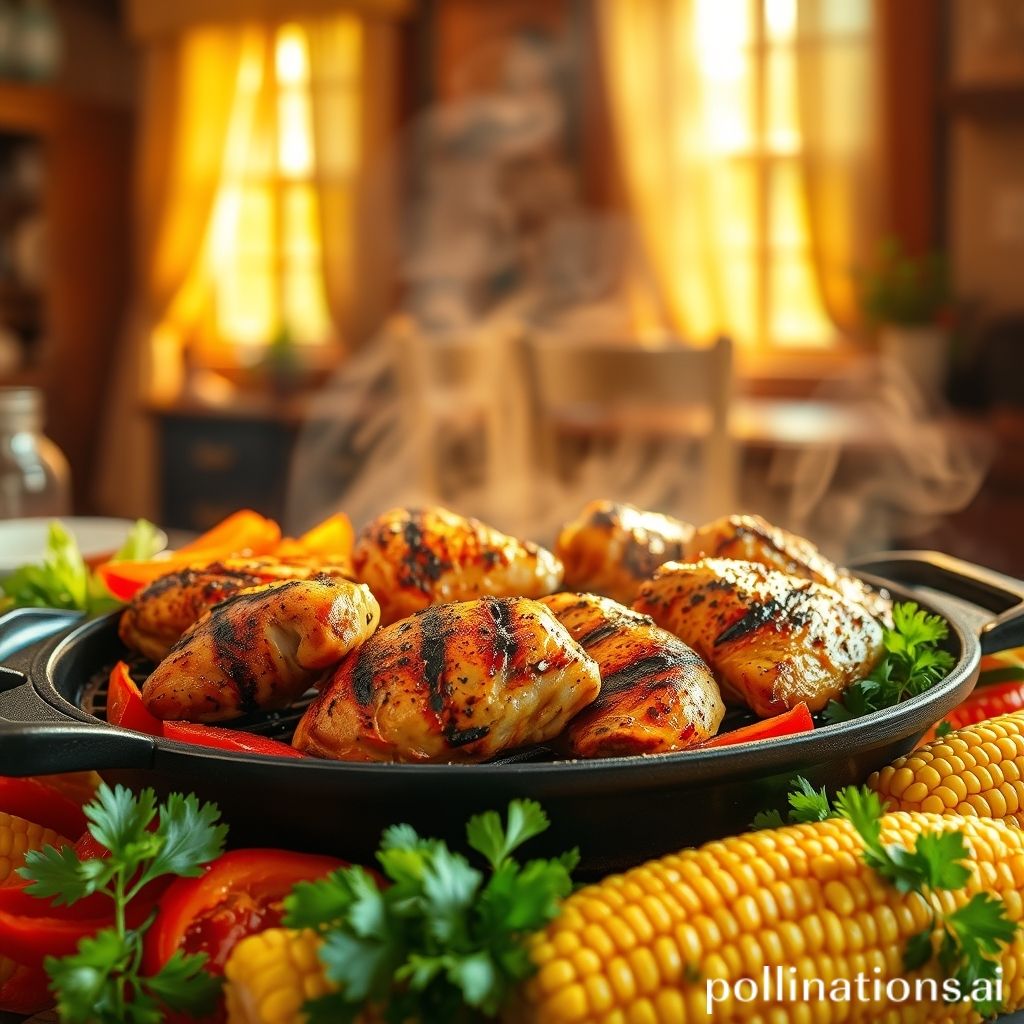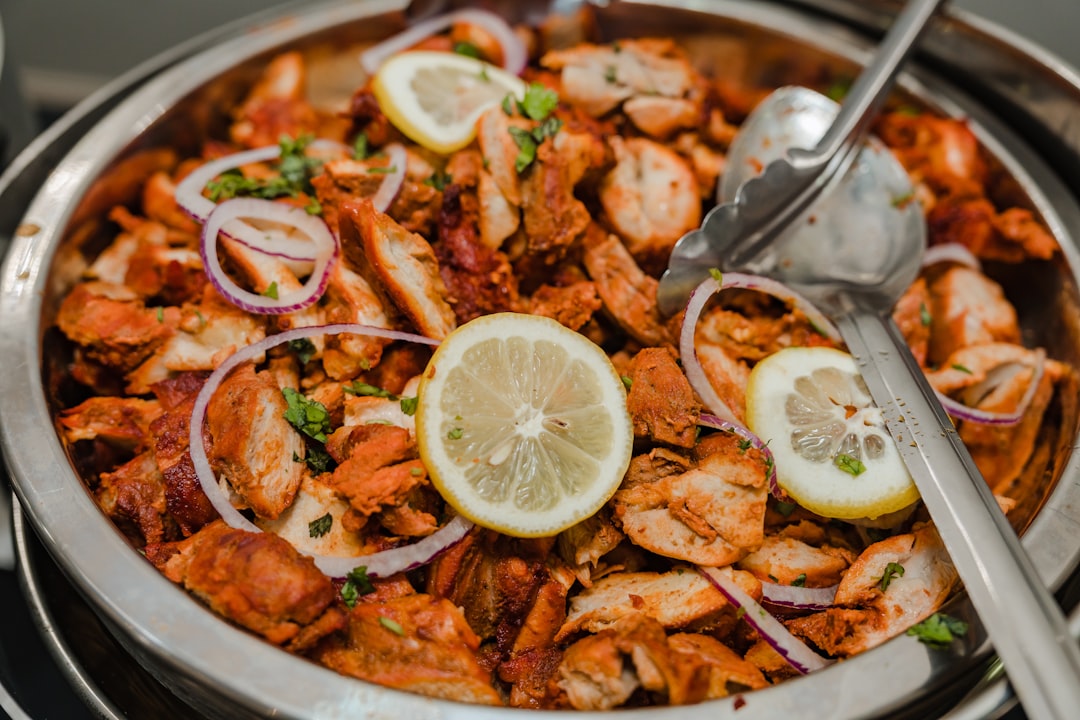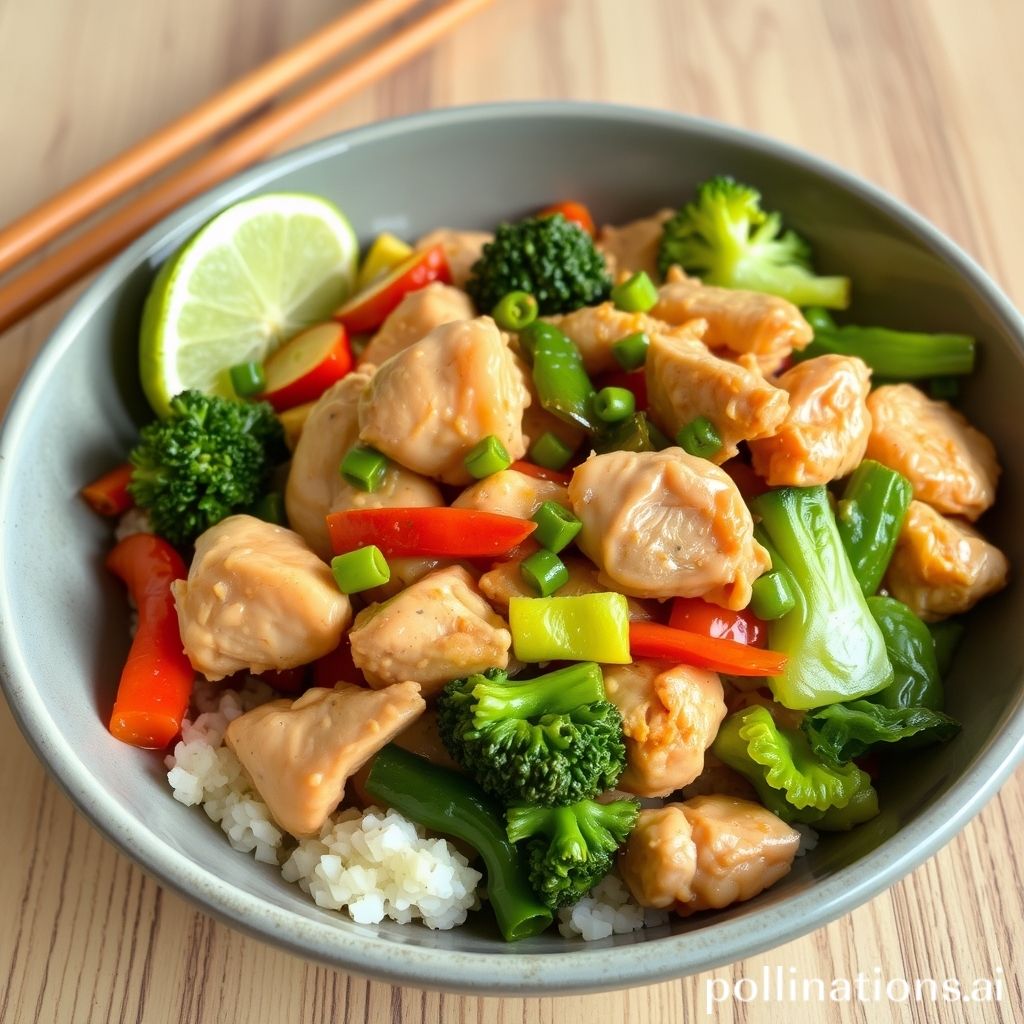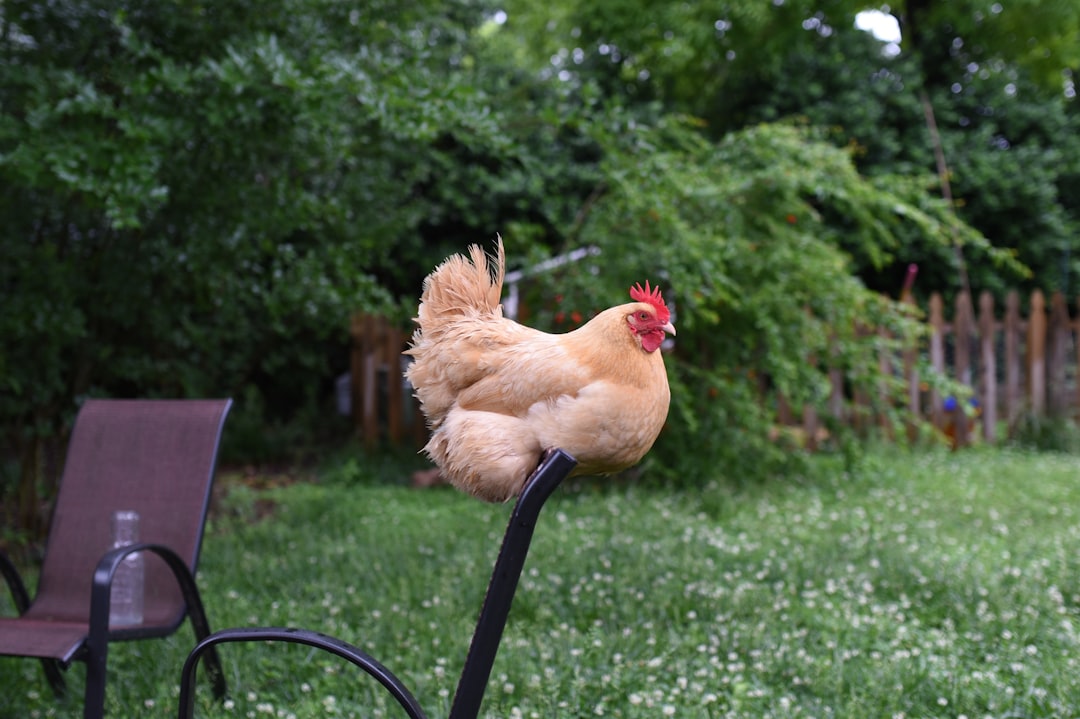Table of Contents
- Introduction
- Ingredients needed for Mexican Chicken Tortilla Soup
- Step-by-step preparation of the soup
- Spices and seasonings to enhance flavor
- Toppings and garnishes for added texture and taste
- Nutritional benefits and variations of the recipe
- Pairing suggestions: What to serve with tortilla soup
- Common mistakes and how to avoid them in preparation
- Frequently asked questions about storing and reheating
- Conclusion
- Frequently Asked Questions
Introduction
Ingredients:
- 1 rotisserie chicken, shredded
- 2 tablespoons vegetable oil
- 1 medium onion, diced
- 3 cloves garlic, minced
- 1 jalapeño, seeded and chopped
- 1 teaspoon ground cumin
- 1 teaspoon dried oregano
- 4 cups chicken broth
- 2 cups diced tomatoes
- 1 cup corn kernels
- 1 cup black beans, rinsed and drained
- Salt and pepper to taste
- 1 avocado, diced
- Tortilla chips, for topping
- Lime wedges, for serving
Step into the colorful and vibrant world of Mexican cuisine, where every bite tells a story as rich and varied as the culture from which it originates. Here, amid the bustling markets filled with fragrant spices and exotic ingredients, lies a treasure of culinary delights waiting to be discovered. Among them is the soulful and satisfying bowl of authentic Mexican Chicken Tortilla Soup, a dish that exemplifies the harmonious blend of flavors that Mexican cooking is famed for. This hearty soup promises a symphony of sensations, from the warmth of its spicy broth to the crunch of the tortilla topping, with each spoonful offering a delicious escape into tradition. Get ready to tantalize your taste buds and uncover the secrets of this culinary masterpiece, as we dive deep into the magic of one of Mexico’s most cherished comfort foods.
Ingredients needed for Mexican Chicken Tortilla Soup
Mexican Chicken Tortilla Soup is a hearty and flavorful dish that brings together a variety of vibrant ingredients, offering a taste of authentic Mexican cuisine. To prepare this delicious soup, you’ll need several key ingredients. Start with shredded cooked chicken, which serves as the soup’s protein-rich base. Chicken broth is essential for creating a rich, savory soup base.
Vegetables play an important role too, with onions, garlic, tomatoes, and jalapeños adding depth and a hint of heat. Fresh cilantro is commonly added for its aromatic and lemony finish. For spice, include ground cumin, chili powder, and salt to enhance the flavors.
Toppings are key to the authentic taste and texture of the soup. Corn tortillas, cut into strips and lightly fried, provide delightful crunch and texture. You can also include additional garnishes such as avocado slices, shredded cheese, sour cream, and lime wedges to add creaminess and brightness.
All these ingredients come together to create a comforting and satisfying soup that’s perfect for any occasion. The balance of protein, veggies, spices, and toppings makes Mexican Chicken Tortilla Soup a popular choice for those seeking both nourishment and flavor.
Step-by-step preparation of the soup
To prepare a delicious Mexican Chicken Tortilla Soup, start by gathering all the necessary ingredients: boneless chicken breasts, onion, garlic, canned tomatoes, chicken broth, black beans, corn, and seasonings such as chili powder, cumin, and paprika. Begin by cooking the chicken in a large pot over medium heat with some oil until it’s fully cooked, then set it aside. In the same pot, sauté chopped onions and minced garlic until they’re translucent, adding a depth of flavor to your soup.
Next, add canned tomatoes and chicken broth to the pot, bringing the mixture to a gentle boil. Return the chicken to the pot, this time shredding it into bite-sized pieces. Introduce black beans and corn, stirring them into the mix. Season the soup with chili powder, cumin, paprika, salt, and pepper, then let it simmer for about 20 minutes, allowing the flavors to meld together beautifully.
As the soup simmers, prepare tortilla strips by slicing corn tortillas into thin strips and baking them in the oven until crispy. They will serve as the perfect crunchy topping for your soup. Once the soup is ready, ladle it into bowls and garnish with crispy tortilla strips, fresh cilantro, and a squeeze of lime for that authentic Mexican flavor.
Spices and seasonings to enhance flavor
Creating a delicious Mexican Chicken Tortilla Soup involves skillfully balancing spices and seasonings to enhance its rich flavors. The foundation of a great soup starts with classic Mexican spices such as cumin and coriander, which provide warmth and earthiness. Chili powder and paprika add a gentle heat and a hint of smokiness, crucial for depth. For a burst of flavor, garlic and onion powders are essential, infusing the soup with a savory base that enhances other spices.
Adding oregano gives the soup a subtle aromatic quality, while lime juice adds a tangy brightness that lifts the entire dish. Salt and black pepper are critical for seasoning, helping to balance all the flavors together. To add an authentic touch, fresh cilantro can be sprinkled on top before serving. This not only adds a fresh, herbal note but also a pop of color.
Using these spices and seasonings thoughtfully can transform your Mexican Chicken Tortilla Soup into a vibrant and flavorful dish, reminiscent of traditional Mexican cuisine. The complexity of the spices creates a symphony of flavors that captivate the palate, inviting you to savor each spoonful.
Toppings and garnishes for added texture and taste
When it comes to Mexican Chicken Tortilla Soup, the toppings and garnishes play a crucial role in elevating its flavor and texture. To begin with, crispy tortilla strips are a must-have; they add a delightful crunch that contrasts beautifully with the rich, hearty soup base. You can easily make these at home by slicing corn tortillas into strips and frying them until golden.
For a burst of freshness, diced avocado is an excellent choice. Its creamy texture complements the soup, providing a satisfying mouthfeel. Another vibrant addition is freshly chopped cilantro, which brings both color and an aromatic herbal note to each spoonful.
Don’t forget about shredded cheese—be it cheddar, Monterey Jack, or queso fresco. As it melts into the hot soup, it creates an enticing layer of creamy goodness. Adding a dollop of sour cream or a sprinkle of cotija cheese can also enhance the soup’s richness.
Lime wedges serve as the perfect finishing touch, offering a zesty kick that brightens the overall flavor profile. For those who crave a bit of heat, sliced jalapeños or a dash of hot sauce can provide the desired level of spiciness, creating a truly customizable and delicious dining experience.
Nutritional benefits and variations of the recipe
Mexican Chicken Tortilla Soup is not only a delicious comfort food but also a nutritional powerhouse. This soup typically contains a variety of vegetables like tomatoes, onions, and peppers, which provide essential vitamins and antioxidants. Chicken, being a primary ingredient, is a great source of lean protein, supporting muscle growth and repair. The broth, often made from chicken stock, contributes to hydration and is a source of minerals.
This dish can also be modified to meet different dietary needs. For a heartier meal, adding ingredients such as black beans or corn can increase the fiber content, aiding digestion and promoting a longer-lasting feeling of fullness. Those seeking a lower-carb option can replace traditional toppings like tortilla strips with roasted bell pepper strips, which offer fewer carbs while maintaining a pleasant crunch.
For a spicier version, adding jalapeños or chipotle peppers can enhance the flavor profile without adding significant calories. Vegetarians can substitute chicken with tofu or chickpeas for a plant-based protein source. Finally, toppings such as avocado or lime wedges not only add flavor but also introduce healthy fats and vitamin C, further boosting the nutritional benefits of this versatile dish.
Pairing suggestions: What to serve with tortilla soup
Mexican Chicken Tortilla Soup is a savory, flavor-packed dish that can stand alone as a hearty meal. However, to elevate your dining experience, consider serving it with complementary sides and drinks. A simple yet popular choice is a fresh green salad topped with avocado, cherry tomatoes, and a zesty lime vinaigrette. This adds a refreshing contrast to the warmth of the soup.
Another excellent pairing option is crispy cheese quesadillas. Their cheesy goodness and slight crispiness provide a delightful texture balance alongside the soup’s brothy nature. For a lighter choice, consider serving sliced avocado and lime wedges to incorporate into the soup for added richness and tang.
When it comes to drinks, a classic margarita or a light Mexican lager can enhance the overall flavors and add a festive touch to the meal. For non-alcoholic options, opt for a chilled glass of agua fresca, featuring flavors like hibiscus or tamarind, to offer a refreshing break from the spices of the soup.
Whatever pairing you choose, remember that the goal is to complement the rich, spicy flavors of the Mexican Chicken Tortilla Soup, creating a cohesive and satisfying culinary experience.
Common mistakes and how to avoid them in preparation
When preparing Mexican Chicken Tortilla Soup, certain common mistakes can detract from the dish’s authentic flavor and texture. One frequent error is overcooking the chicken, which can result in dry and rubbery bites. To avoid this, add the chicken towards the end of the cooking process, ensuring it’s smooth and tender.
Another mistake is not using fresh ingredients, such as lime juice, fresh tomatoes, and cilantro, which are crucial for delivering the zesty and fresh flavors typical of this soup. Always opt for fresh produce to enhance the taste.
Additionally, neglecting to season properly can leave the soup bland. Don’t forget to taste and adjust the seasoning before serving, balancing the flavors by adding enough salt, pepper, and chili for that perfect kick.
Some may skip toasting the tortilla strips, but this simple step adds a delightful crunch and enhances the overall flavor of the soup. Ensure the strips are crispy by baking or frying them until golden brown.
Lastly, using pre-made broth instead of homemade stock can mask the authentic taste. Preparing your own chicken stock allows for greater control over the depth and richness of the soup’s base.
Frequently asked questions about storing and reheating
When it comes to storing and reheating Mexican Chicken Tortilla Soup, there are a few essential tips to keep in mind to maintain its delicious flavor and texture. To store the soup, allow it to cool to room temperature before transferring it to an airtight container. It can be kept in the refrigerator for up to 3-4 days. For longer storage, consider freezing the soup. Place it in a freezer-safe container, leaving a bit of space at the top to allow for expansion, and it should last for 2-3 months.
When reheating, it is best to use a gentle method to preserve the taste and texture. If the soup was frozen, let it thaw overnight in the refrigerator. For stove-top reheating, pour the soup into a saucepan and warm it over medium heat, stirring occasionally until hot. For microwave reheating, place a portion of the soup in a microwave-safe bowl, cover it with a microwave-safe lid or plate, and heat on high for about 2-3 minutes, stirring halfway through to ensure even heating.
Conclusion
In discovering the rich and authentic taste of Mexican Chicken Tortilla Soup, you’ve embarked on a culinary journey that ties tradition with flavor. This vibrant dish, bursting with spices, fresh ingredients, and delightful toppings, brings the essence of Mexican cuisine right to your kitchen. Whether you’re savoring its nutrients or customizing it to fit dietary preferences, this soup is a testament to the art of balancing comfort and health.
For those passionate about broadening their culinary horizons, consider taking your love for chicken to the next level with The Chicken Bible: Say Goodbye to Boring Chicken with 500 Recipes for Easy Dinners, Braises, Wings, Stir-Fries, and So Much More. This comprehensive guide offers an extensive collection of creative and easy-to-prepare recipes, ensuring that every meal is an exciting experience. Don’t miss the opportunity to transform ordinary chicken into extraordinary dishes that delight your taste buds. Purchase your copy today and continue savoring the flavors that only the world of chicken recipes can offer!
